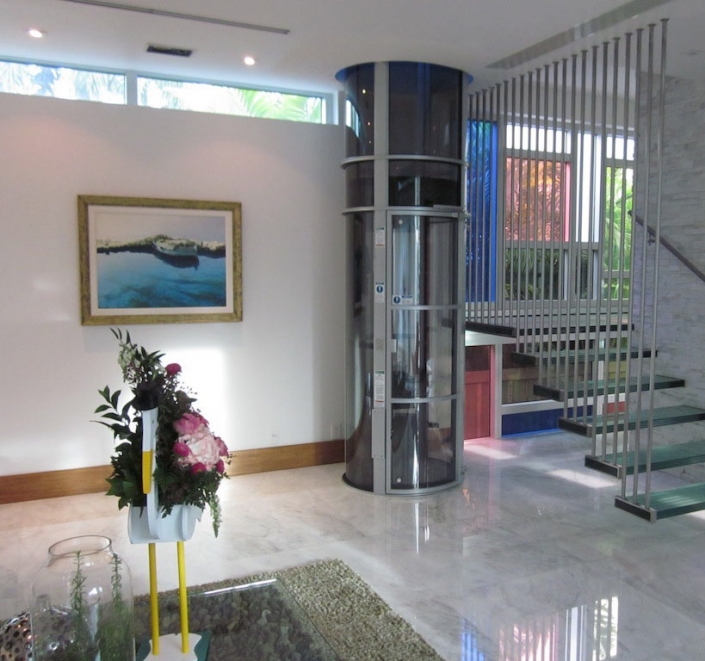How does an elevator phone line work?
The phone line in an elevator is part of its emergency communication system. When activated, it connects the trapped user directly to a 24/7 response center, ensuring help is on the way. This system is required by law in most countries and is essential for elevator safety, especially during power outages or mechanical failures.
What is an elevator phone line and why is it needed?
An elevator phone line is a dedicated communication system that allows passengers to call for help if they become trapped or experience an emergency while inside the elevator. It’s not connected to a standard residential phone line—instead, it uses a special emergency line that prioritizes availability and reliability.
This system ensures that even in buildings with no mobile phone signal, anyone inside the elevator can quickly reach an operator trained to coordinate assistance.
In many countries, building codes mandate the presence of this feature as a basic safety requirement. Whether the elevator is in a residential complex, office tower, or commercial building, having a working phone line is non-negotiable.
How does the system work in a real emergency?
When someone inside the elevator presses the emergency button, the system initiates an automatic call. This connection is usually indicated by a bell or telephone icon near the button panel.
Here’s how the process works step by step:
-
Emergency button is pressed: The user activates the system by pressing a clearly marked emergency button inside the cabin.
-
Call is placed via a dedicated line: The elevator places an automatic call through a preconfigured emergency phone line. This may be connected via landline, GSM, or IP depending on the system.
-
Call reaches an emergency response center: This could be the elevator maintenance provider, a private monitoring company, or a contracted security firm.
-
Two-way communication begins: The user can speak directly with a live operator through a built-in intercom or speaker system.
-
Help is coordinated: Depending on the nature of the emergency, the operator will send maintenance staff or alert emergency services.
In modern elevators, the system often includes voice confirmation, letting the user know the call has been placed and received.

What makes an elevator phone line different from regular phone lines?
Elevator phone lines are designed for emergency use, which means they must meet higher standards for reliability. Unlike a household landline, these systems:
-
Must work even during power outages (via battery backup)
-
Must be available 24/7
-
Cannot be shared with other building functions
-
Must allow automatic dialing with no need to input numbers
-
Often include remote monitoring for technical issues
Some systems also feature location identification, meaning the call center knows exactly which building and elevator the call came from—saving valuable time during a rescue.
(H2) Does the elevator phone work during a power outage?
Yes—elevator phone systems are designed to function even when the main power supply fails. Most are connected to a backup battery or to the elevator’s emergency power system. This ensures that if the elevator stops due to a blackout, users can still contact emergency services without relying on mobile networks or building electricity.
Additionally, newer models include status indicators or voice prompts that confirm when a call has been made or answered, giving passengers peace of mind during the wait.
What types of elevator phone lines exist?
There are three main types of communication systems used in elevators today:
1. Analog lines (PSTN)
These are traditional telephone lines, once the most common choice. While reliable, they are becoming obsolete as many telecom providers phase them out in favor of digital solutions.
2. GSM lines (mobile networks)
These systems use cellular SIM cards, similar to mobile phones, to make calls. They’re easy to install and don’t require fixed wiring, but depend on mobile signal strength. For this reason, elevators using GSM lines must have signal amplifiers or repeaters installed in areas with poor reception.
3. IP-based systems (VoIP)
Modern elevators often use internet-connected phone systems that provide clear, fast communication through a stable data connection. These systems are monitored remotely and offer additional features, such as automated system checks and voice recording.
Each building may require a different solution based on infrastructure, signal availability, and local regulations.

How much does an elevator phone line cost?
The cost of an elevator phone line varies depending on several factors:
-
Type of line (analog, GSM, IP)
-
Installation requirements
-
Maintenance contract
-
Provider and region
In many cases, the cost is included in the elevator’s annual maintenance plan. However, if contracted separately, it may involve:
-
A setup fee: usually between €100–€300
-
A monthly service fee: between €10–€30 per elevator
-
Extra charges for GSM SIM cards or VoIP data plans
It’s important to consult a certified maintenance provider to ensure compliance with local codes and get a plan that covers both the hardware and the communication line.
Is the elevator phone legally required?
Yes—in most countries, including throughout the EU, a working elevator phone is mandatory by law for any elevator that serves more than one floor and is used by the public. The requirement is part of standard building safety codes, and failure to maintain a working system can result in fines or legal liability in case of emergency.
Standards like the EN 81-28 regulation define how emergency communications in lifts must function, including automatic call triggering, response times, and system reliability.
Conclusion: a small system with a big responsibility
Though rarely used, the elevator emergency phone line is one of the most critical safety systems in any building. It provides a lifeline for people who may be trapped or distressed, ensuring that help is just one button away.
Choosing a reliable system, performing regular tests, and including it in your elevator maintenance plan are all part of responsible building management.
If you’re unsure whether your building’s elevator phone system meets current standards, or if you’re planning a new installation, Elevadores Vilber can help you choose the most secure, modern, and cost-effective solution.




